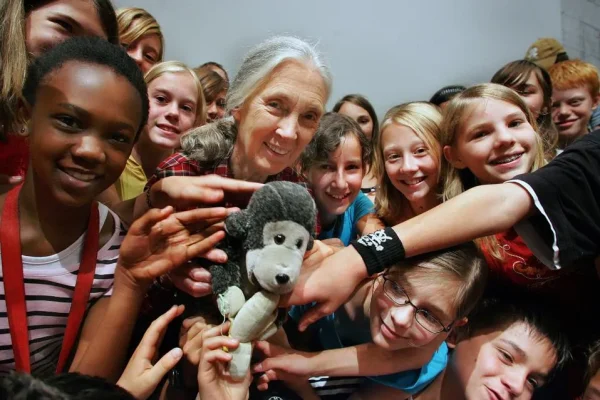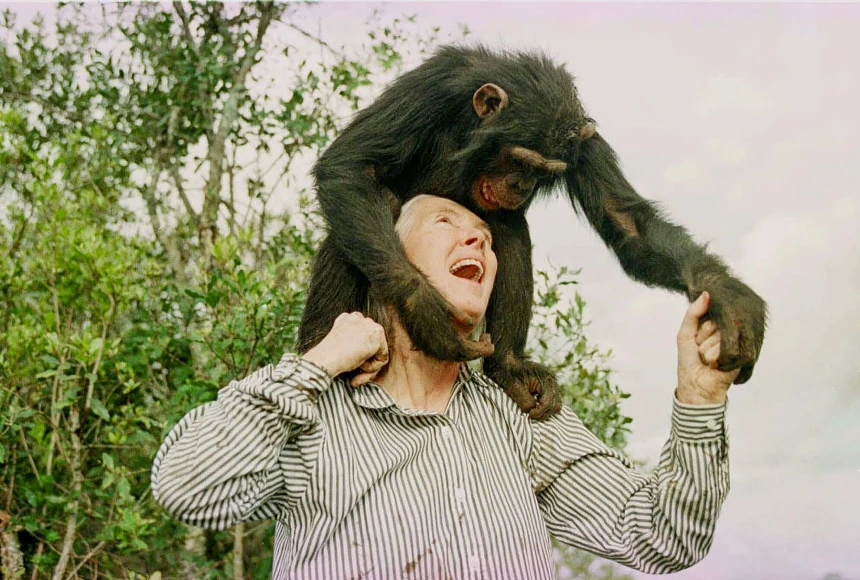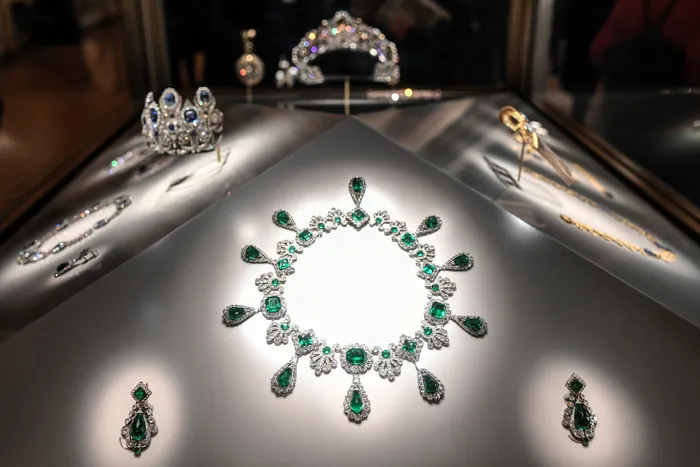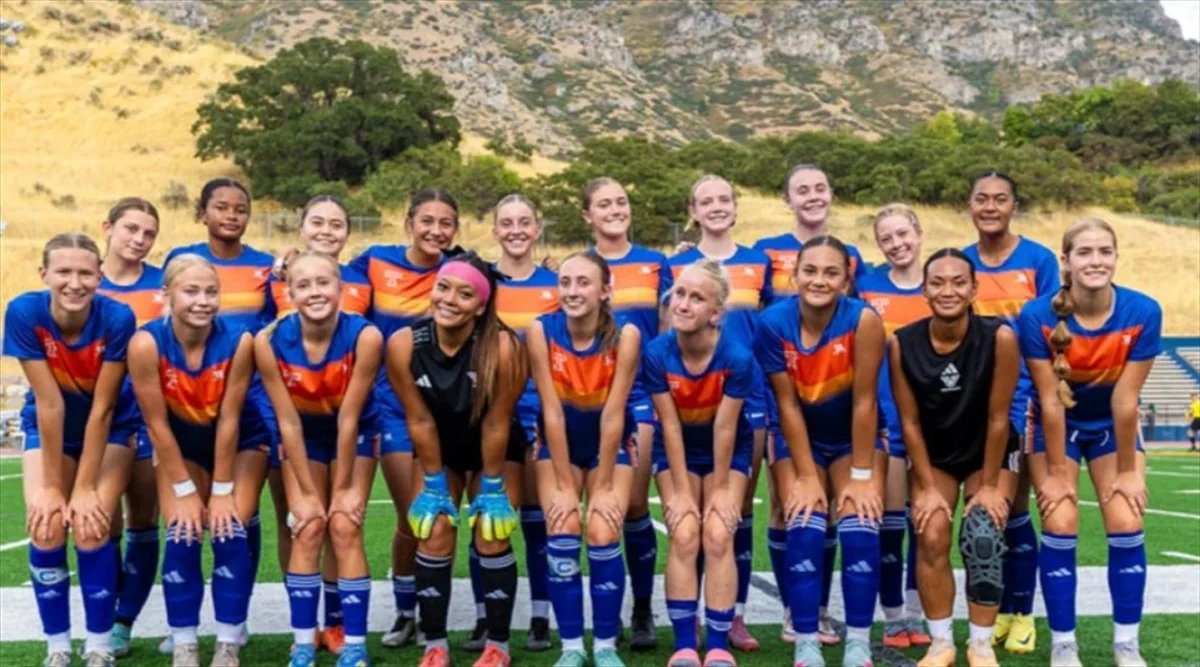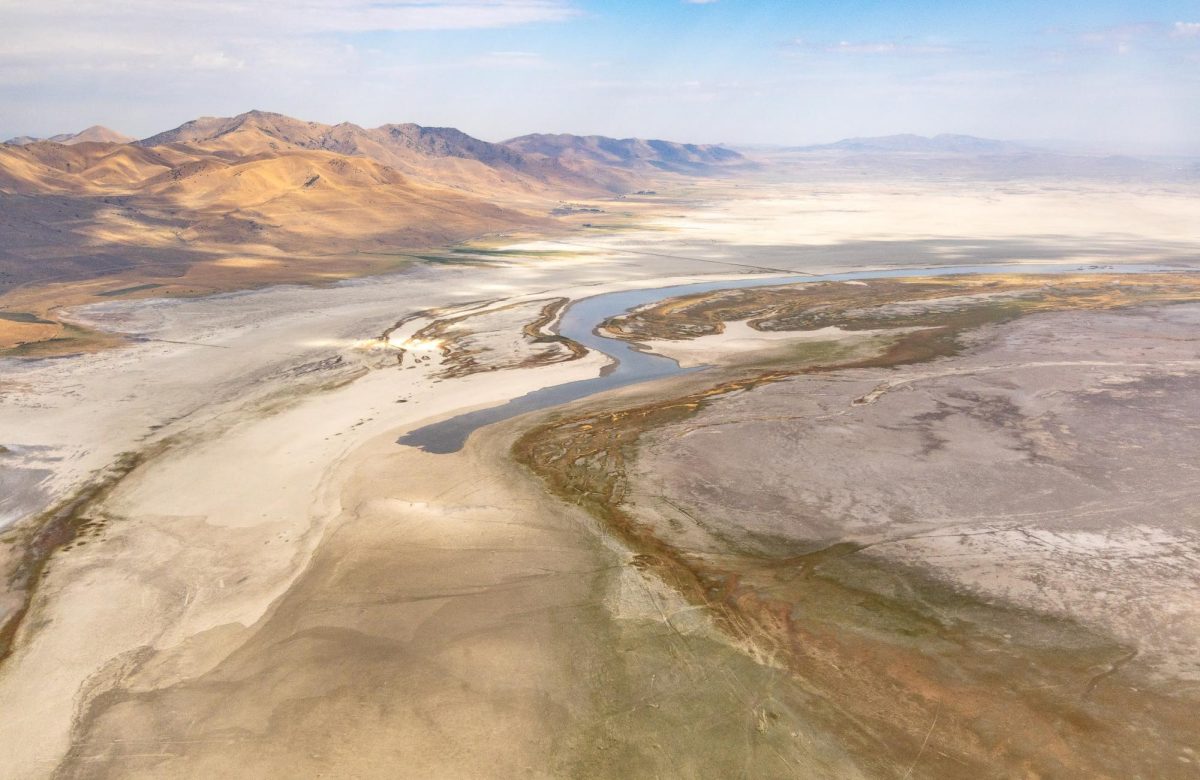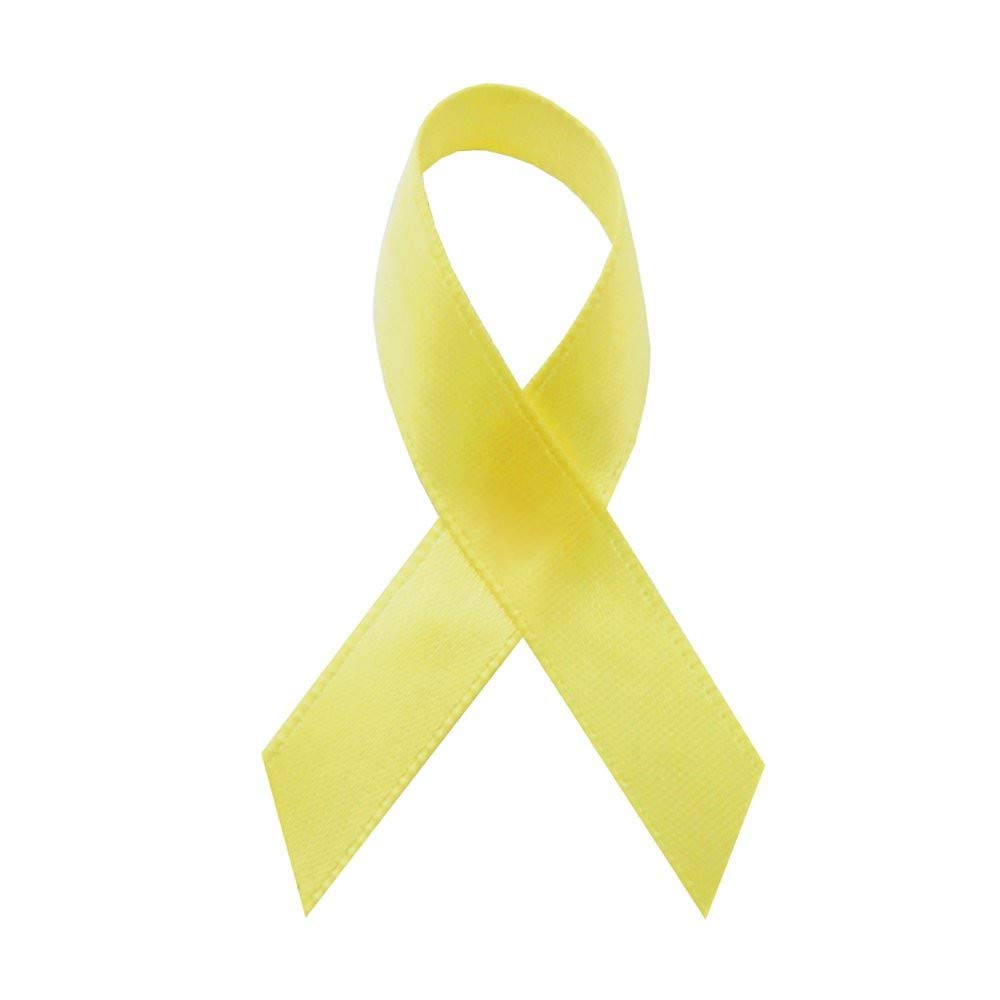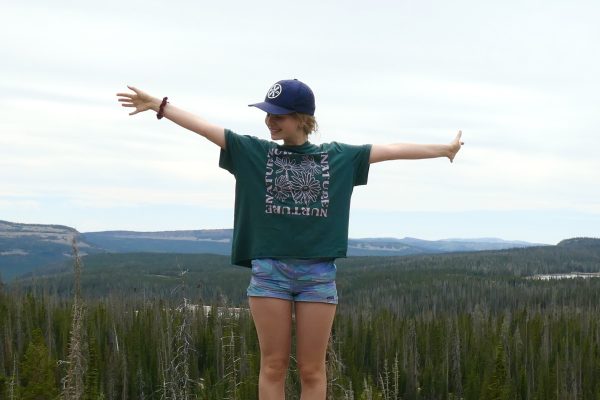“We have the choice to use the gift of our life to make the world a better place–or not to bother.”-Jane Goodall
On October 1st, Jane Goodall’s institute announced her death. She passed away because of natural causes in California while on a speaking tour in the U.S. This marks the end of her extraordinary life dedicated to science and conservation.
In 1960, determined 26 year old Jane went to the Gombe Stream wilderness of Tanzania. She was set on studying chimpanzees. She saw the chimps as more than just research subjects so she decided to fully immerse herself in their world. She would observe them all day for months. This had to take a huge amount of patience.She documented the complex social systems of the chimps, their long term bonds with one another, and she discovered that they use tools. She would even name the chimps (there was David, an older male, Fifi, a baby chimp, and so many more).
But Jane didn’t stop in Gombe. She traded her jungle boots for the role of a global activist. She launched the Jane Goodall Institute and the Roots and Shoots youth program, and went around the world empowering millions of people (especially young people) across the world to take action against climate change. She inspired so many people to believe in their ability to make a difference and that “every day we live on this planet, we make some impact. Her message continued to be one of hope and she urged people to act for a better, more sustainable, future. She was awarded the Presidential Medal of Freedom from former president Joe Biden, and also served as a United Nations Messenger of Peace.
From groundbreaking discoveries in chimpanzee behavior to raising global awareness about conservation, Jane Goodall’s legacy shows the power of research and a message of hope and action to protect the planet. 